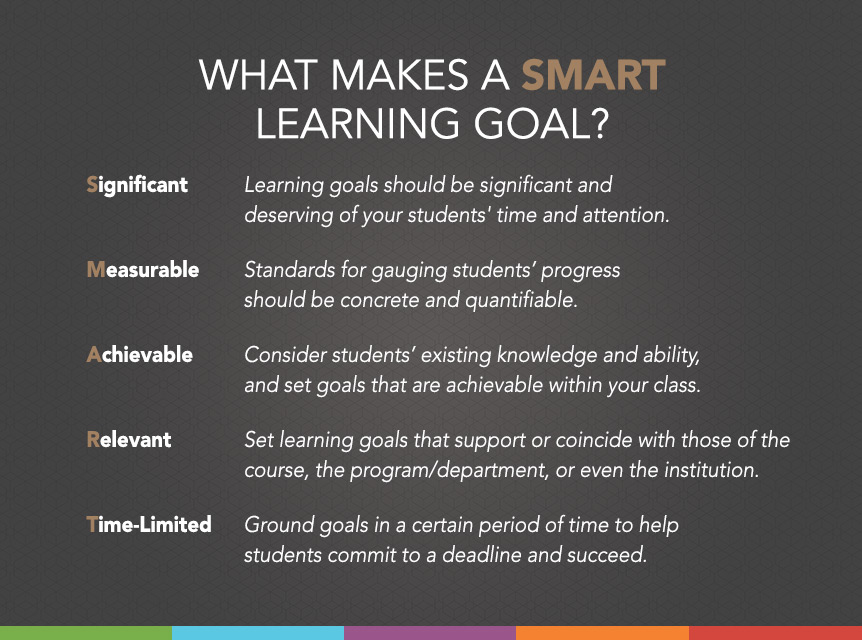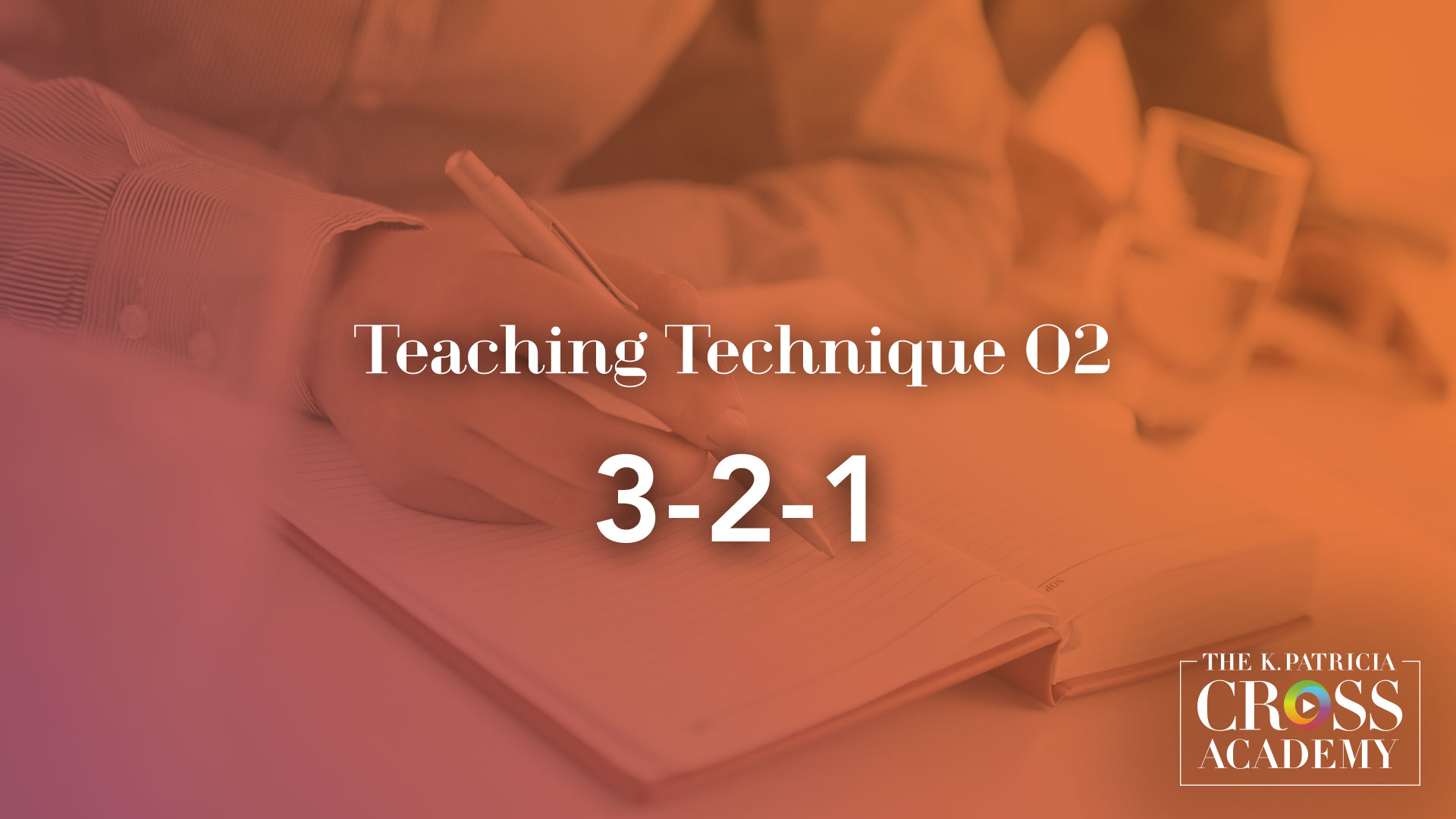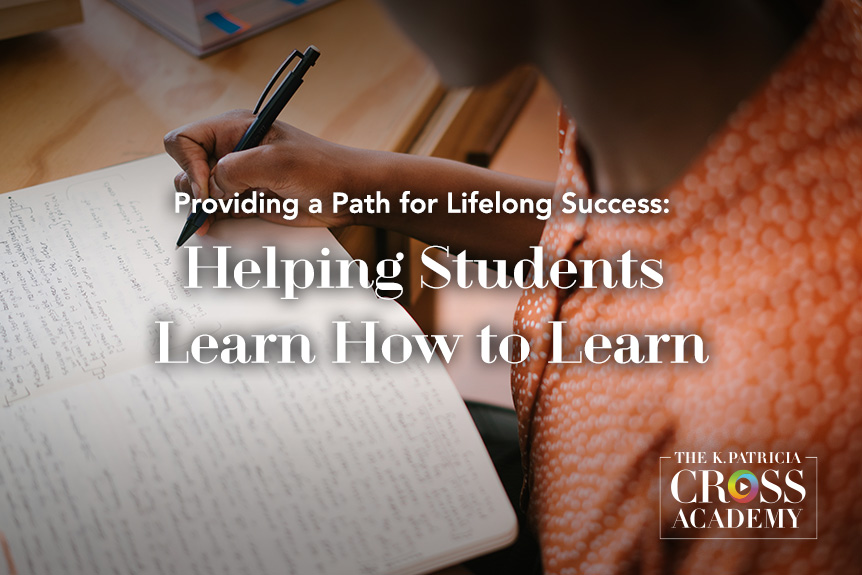
If you aim at nothing, you will hit it every time. This folksy adage likely holds true for many aspects of teaching just as it holds true for life. While identifying goals for our courses may not always be on the top of our to-do lists, clarifying where we are going helps us to determine how we will get there and how we will know when we have arrived. Indeed, with the rise of evaluation and accountability standards, defining learning goals is becoming more and more crucial in higher education.
Setting learning goals for the entire course has generally been the focus of most scholarly works that describe learning goals. (See, for example, our blog “Defining Effective Learning Goals.”) But it can be useful to also identify goals for smaller instructional units, such as identifying the learning goals for a specific lecture or assignment.

The acronym SMART, which stands for the following ideas, offers a useful structure for the developing of goals not only for a whole course, but for a variety of course components. Goals should be:
S Significant
M Measurable
A Attainable
R Relevant
T Time-Bound
In this blog, we focus on setting SMART Lecture-Learning Goals that can help you clarify what you want students to learn from a single lecture. Being more precise about the knowledge students need to learn from a given class can guide you in your choice of content and activities. For example, your goals might assist you in determining the organization of a lecture presentation by helping you to identify which information is most crucial and which is detail. Additionally, SMART goals can help you identify potential distractions that might divert student attention or, even worse, confuse students.
Being more precise about the knowledge students need to learn from a given class can guide you in your choice of content and activities.
The main benefit of identifying SMART Lecture-Learning Goals is that it makes it straightforward to assess whether they have been achieved. You may track students’ progress and goal accomplishment over time with the help of well-defined SMART Lecture-Learning Goals. As you become more aware of your own aptitude and expertise in assisting students in achieving the learning goals, SMART goal planning can also increase your self-confidence as an instructor.

Main Idea
The acronym SMART offers an easily understood and useful framework for thinking through and setting learning goals. Setting Smart Lecture-Learning goals for each class session can help you evaluate student learning and track progress over time.
S – Significant
According to this criterion, learning goals ought to be significant and deserving of the students’ time and attention. The process of creating SMART Lecture-Learning Goals involves determining the key points, topics, and details of a single class session. Consider taking our Learning Goals Inventory (LGI), which is based on L. Dee Fink’s Significant Learning Taxonomy, to start thinking through significant learning goals. The LGI contains both general goals and more focused ones. For instance, there are general goals like assisting students in comprehending and recalling important facts, principles, ideas, and concepts within the taxonomic domain of “Foundational Knowledge,” as well as more specialized goals like helping students in distinguishing between fact and opinion in relation to the subject area.
To take the LGI, you can use one of the following methods:
- check out our book Learning Assessment Techniques: A Handbook for College Professors to see the LGI in print and learn more about survey validation, or
- use the following link to take the inventory online.
The LGI provides a starting place for developing learning goals that can then be translated into the specific class session. A primary learning goal might be to help students strengthen their critical thinking abilities, for example, while a narrower goal might be to assist students in identifying fact from opinion in an assigned text. The SMART Lecture-Learning goal outlines precisely what the students should learn as a result of attending that particular presentation.

M – Measurable
The second recommendation in the SMART acronym calls for formulating concrete standards for gauging students’ progress toward achieving their objectives. The basic tenet is that it is impossible to determine whether students have attained a goal if it is not measurable. Verbs like “understand,” “know,” and “comprehend,” for instance, are ambiguous and challenging to observe or quantify. Measurable goals often involve an action that the students can take after listening to the lecture. Examples of verbs that are quantifiable are shown in the following table.
- Answer
- Compare
- Complete
- Contrast
- Define
- Differentiate
- Explain
- Generate
- Identify
- Label
- List
- Name
- Organize
- Outline
- Provide
- Record
- Retell
- Say
- Select
- Speak
- Summarize
A – Achievable
Goals that are achievable are also important. Try to match the message to the students’ level by considering their characteristics, such as their starting level of knowledge and skills. This idea is connected to Vygotsky’s Zone of Proximal Development (ZPD), which is the gap between what a learner can accomplish on their own and what they can accomplish with assistance. It is assumed that learners will be more prepared and capable of understanding material if it is targeted toward their ZPD.
Try to match the message to the students’ level by considering their characteristics, such as their starting level of knowledge and skills.
R – Relevant
The fourth criterion emphasizes how crucial it is to select goals that are relevant. When determining whether a goal is relevant, consider whether the goal supports or coincides with other goals, such as the overall course goals, the program or department goals, or even the institution’s goals. You might also think about how essential it will be to students’ future employment or civic responsibilities while determining whether the aim is relevant to them.
T – Time-limited
The fifth criterion emphasizes how crucial it is to ground goals in a certain period of time. Students are more likely to succeed when they commit to a deadline. Consider what you can do to help students learn from the lecture as a short-term goal. Then identify what students can learn from this lecture that will help them accomplish longer-term learning goals, such as for a module or unit.
Example
The professor of a qualitative research methods course took the Learning Goals Inventory (LGI) and identified a goal in the “Application” domain of the Significant Learning Taxonomy: students would be able to select a qualitative design appropriate to answering a specific question. (S)
This goal would be measured by students’ ability to select a research design that would be appropriate for answering a range of research questions. (M)
The instructor determined that the goal should be attainable given the students level of existing knowledge and skills. Most students were doctoral students, and most had taken an introductory research design course prior to the qualitative methods course. (A)
She deemed the goal relevant, since most of the students in the course were doctoral students who had chosen to take the course because they would be writing a dissertation that would most likely involve qualitative studies. Students needed to know how to choose an appropriate design given their specific areas of interest for their dissertations. (R)
The professor set the time-frame for the learning: during the second session of her weekend course, students met for three hours on Friday night and then eight hours on Saturday. She would do lecturettes with brief application exercises interspersed throughout to ensure that students had achieved the goal by the end of this session. (T)
What are Some Cross Academy Techniques to Help Assess Student Achievement of SMART Lecture-Learning Goals?
Once you have identified your SMART Goals and presented your lecture, there are many techniques for determining whether students have learned what you were trying to teach. Here are three example Cross Academy Techniques to consider.
Quick Write is a learning assessment technique where learners respond to an open-ended prompt.
In Translate That!, you pause your lecture and call on a student at random to “translate” the information you just provided into plain English for an imagined audience that you specify.
In the 3-2-1 technique, students write about 3 things they learned in the lecture, 2 things they found particularly interesting from the lecture, and 1 question they still have about the lecture content.
Key Reference and Resources
Barkley, E. F. & Major, C. H. (2018). Interactive Lecturing: A handbook for college faculty. Wiley/Jossey Bass.
Fink, L. D. (2013). Creating significant Learning Experience: An integrated approach to designing college courses. Jossey Bass.
Haughey, D. (2014). A brief history of SMART goals. https://www.projectsmart.co.uk/smart-goals/brief-history-of-smart-goals.php
Piskurich, G. M. (2015). Rapid instructional design: Learning ID fast and right. Wiley.
Vygotsky, L. S. (1978). Mind in society: The development of higher psychological processes. Harvard University Press.
Suggested Citation
Barkley, E. F., & Major, C. H. (n.d.). Get smart: Crafting SMART learning goals. CrossCurrents. https://kpcrossacademy.org/crafting-smart-learning-goals/

Engaged Teaching
A Handbook for College Faculty
Available now, Engaged Teaching: A Handbook for College Faculty provides college faculty with a dynamic model of what it means to be an engaged teacher and offers practical strategies and techniques for putting the model into practice.









